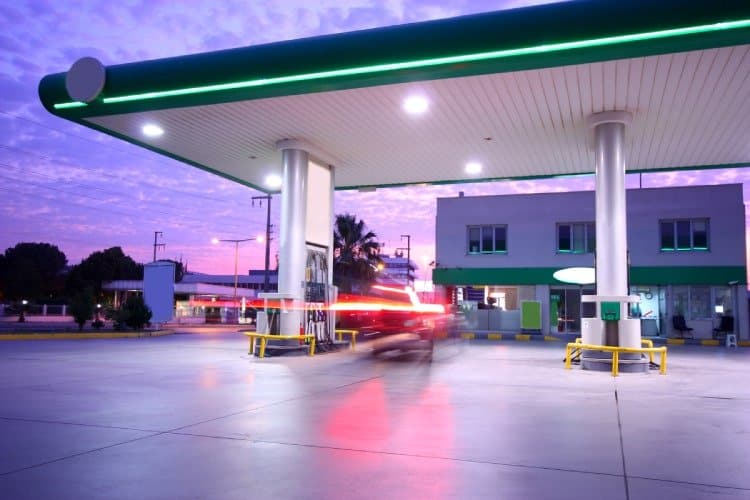Getting consumers into a physical establishment is important for most merchants – but it is absolutely critical for fuel and convenience stores (C-stores) where there is virtually no eCommerce potential.
Additionally, within the fuel sector, this is where higher margin items can be found. Many new stations have been built with the notion of being a destination beyond fuel, snack foods and tobacco products. Commercial stops for truckers have been following this strategy for a long time, with many fuel and convenience merchants attempting to follow suit in ways that fit their size, location and local tastes. Some have tried wine or craft beer, while others have added locally sourced, healthy food options.
But what about the existing C-stores that do not have the extra space to pivot into a destination to drive consumers in store?
Loyalty programs
Most C-stores would love to move away from the traditional $.05-$.10 savings-per-gallon loyalty program. Although it has always worked to get customers to the pump, it doesn’t create loyalty or drive consumers into the store. With gas prices currently spiking in the U.S., it’s almost a necessity for most consumers to get a discount. Additionally, fuel loyalty programs have seen membership surge as almost every consumer looks for relief from the price increases. eMarketer reports that mobile app users drive 3.5 times more revenue and are three times more likely to make repeat purchases than other shoppers. C-stores should look to communicate the value of the location beyond fuel discounts to these new app users.
Beyond price
According to the NACS Convenience Voices survey, only 31 percent of shoppers said price is the reason they select a location, with the number one reason being running low on gas (36.8%) and the second being familiarity with the location (35.7%). These familiarity shoppers already show some loyalty and can be convinced to spend more in the store when visiting; C-stores simply need to identify the right motivation for each persona. So, how can you reach the other 69 percent of shoppers to convince them to come inside?
Existing communication methods
Historically, there are a number of ways to communicate with consumers to persuade them to come into the store – this includes pump toppers, standalone signs, store window posters, and more recently, video at the pump. These all work to a certain extent, but their effectiveness continues to decline as consumers train themselves to ignore them or the offer isn’t what they’re looking for. Posters can be hard to see while video at the pump traditionally plays on a loop, reducing the effectiveness of the repeating message with increased exposure. These methods also are not dynamic and thus need to run for a period of time in order to be cost effective. The good news is many are sponsored by brands, therefore the cost of running the promotion is offset for the merchant. But what if you could amplify your existing messaging for your most loyal customers?
Let’s step back and review:
- More mobile app users mean more consumers receive discounted gas
- 36% of shoppers shop the C-store because they are familiar with the location
- 37% are running low on gas and the C-store is convenient
- Existing communication methods are becoming less effective
How can these be turned to an advantage? First, you need to make sure your mobile app communicates with users in a timely manner – a trigger could be utilized when shoppers are at your location. Second, you need to figure out why the 36 percent feel some affinity to your location or brand and determine how best to utilize this knowledge. Third, identify a method to convert some of the “low on gas” convenience shoppers with a promise beyond a fuel discount. Forth, find a way to amplify your existing communications and media. Fifth, consider at-the-pump delivery instead of driving them in-store. And, as a bonus, find a way to tie-in gamification and exclusivity – the final factor in a strong, comprehensive strategy.
We’ll cover details on how to put together this type of strategy in a forthcoming , but you can get a head start, take a look at this video about mobile customer engagement.



